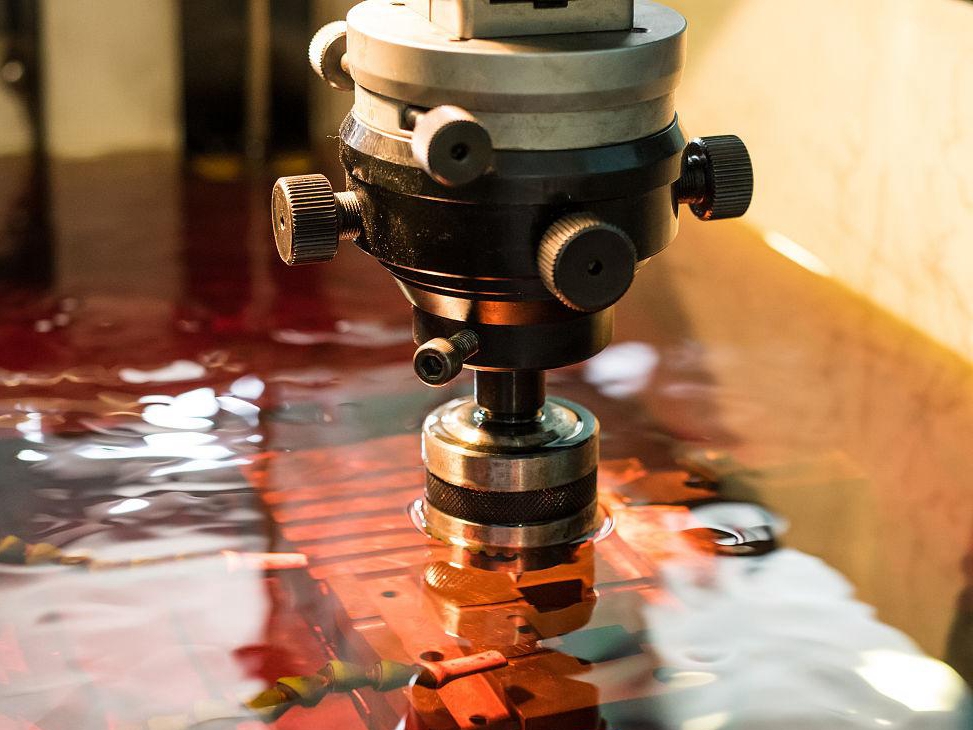Haynes 230
Haynes 230 is a nickel-chromium-tungsten alloy distinguished by excellent resistance to oxidation, corrosion, and thermal fatigue at temperatures reaching 1150°C. It exhibits remarkable strength, thermal stability, and superior metallurgical stability, making it ideal for demanding additive manufacturing applications in extreme environments.
Commonly utilized by the aerospace, power generation, and chemical processing industries, superalloy 3D printing with Haynes 230 is essential for producing complex parts like combustor liners, heat exchangers, and gas turbine components, significantly enhancing reliability, durability, and performance under severe operational conditions.
Haynes 230 Similar Grades Table
Country/Region | Standard | Grade or Designation |
|---|---|---|
USA | UNS | N06230 |
USA | AMS | AMS 5878 |
Germany | W.Nr. (DIN) | 2.4733 |
China | GB | GH3230 |
UK | BS | HR160 |
Haynes 230 Comprehensive Properties Table
Category | Property | Value |
|---|---|---|
Physical Properties | Density | 8.97 g/cm³ |
Melting Range | 1260–1350°C | |
Thermal Conductivity (at 20°C) | 8.9 W/(m·K) | |
Thermal Expansion (20–1000°C) | 12.4 µm/(m·K) | |
Chemical Composition (%) | Nickel (Ni) | Balance |
Chromium (Cr) | 20.0–24.0 | |
Tungsten (W) | 13.0–15.0 | |
Molybdenum (Mo) | 1.0–3.0 | |
Cobalt (Co) | ≤5.0 | |
Iron (Fe) | ≤3.0 | |
Aluminum (Al) | ≤0.5 | |
Mechanical Properties | Tensile Strength | ≥860 MPa |
Yield Strength (0.2%) | ≥380 MPa | |
Elongation at Break | ≥40% | |
Modulus of Elasticity | 211 GPa | |
Hardness (HRC) | 20–35 |
3D Printing Technology of Haynes 230
Common additive manufacturing technologies suitable for Haynes 230 include Selective Laser Melting (SLM), Direct Metal Laser Sintering (DMLS), and Electron Beam Melting (EBM). These techniques leverage the alloy's properties, enabling robust performance in critical applications.
Applicable Process Table
Technology | Precision | Surface Quality | Mechanical Properties | Application Suitability |
|---|---|---|---|---|
SLM | ±0.05–0.2 mm | Excellent | Excellent | Aerospace, Energy Components |
DMLS | ±0.05–0.2 mm | Very Good | Excellent | Aerospace, Precision Parts |
EBM | ±0.1–0.3 mm | Good | Very Good | Power Generation, Heavy-duty |
Haynes 230 3D Printing Process Selection Principles
For precision-critical aerospace components needing tight tolerances (±0.05–0.2 mm) and superior surface finish (Ra 3–10 µm), Selective Laser Melting (SLM) is ideal.
For intricate geometries requiring high precision and excellent mechanical characteristics, such as aerospace precision parts, Direct Metal Laser Sintering (DMLS) is recommended, providing tolerances of ±0.05–0.2 mm.
For large components and parts requiring high build rates and mechanical robustness with moderate precision (±0.1–0.3 mm), Electron Beam Melting (EBM) is the preferred method, particularly for power generation equipment and industrial components.
Haynes 230 3D Printing Key Challenges and Solutions
Residual stress and distortion due to rapid thermal cycles pose significant challenges. Implementing optimized support structures and applying Hot Isostatic Pressing (HIP) at approximately 1150°C and pressures of 100–150 MPa effectively reduces internal stresses and stabilizes geometry.
Porosity, common in additive manufacturing, can compromise mechanical integrity. Optimizing laser parameters, such as laser power (250–400 W) and scan speeds (700–1000 mm/s), combined with post-processing HIP, achieves near-full density (>99.8%) components.
Surface roughness (Ra 6–15 µm) can negatively impact component durability. Utilizing CNC machining or electropolishing post-processing techniques can refine surfaces down to Ra 0.4–1.2 µm, fulfilling stringent application requirements.
Powder contamination, including oxidation and moisture exposure, must be managed carefully. Maintaining controlled atmospheric conditions (oxygen below 500 ppm and humidity under 10% RH) ensures optimal powder quality and performance.
Industry Application Scenarios and Cases
Haynes 230 is extensively employed in various critical industries:
Aerospace: Combustion liners, nozzle guide vanes, and high-temperature exhaust components.
Energy and Power Generation: Gas turbine components, heat exchangers, and industrial furnace parts.
Chemical Processing: Components requiring resistance to severe corrosion and oxidation.
A notable application involved SLM-produced combustor liners for aerospace gas turbines, demonstrating enhanced thermal stability, extended service life by 20%, and reduced maintenance costs compared to conventional materials.
FAQs
What are the main advantages of using Haynes 230 in additive manufacturing?
Which additive manufacturing processes yield the best results for Haynes 230 components?
How does Haynes 230 compare with other nickel-based superalloys like Inconel 718?
What challenges are associated with Haynes 230 3D printing, and how can they be effectively addressed?
Which post-processing methods are most suitable for improving Haynes 230 parts' mechanical properties and surface finishes?



